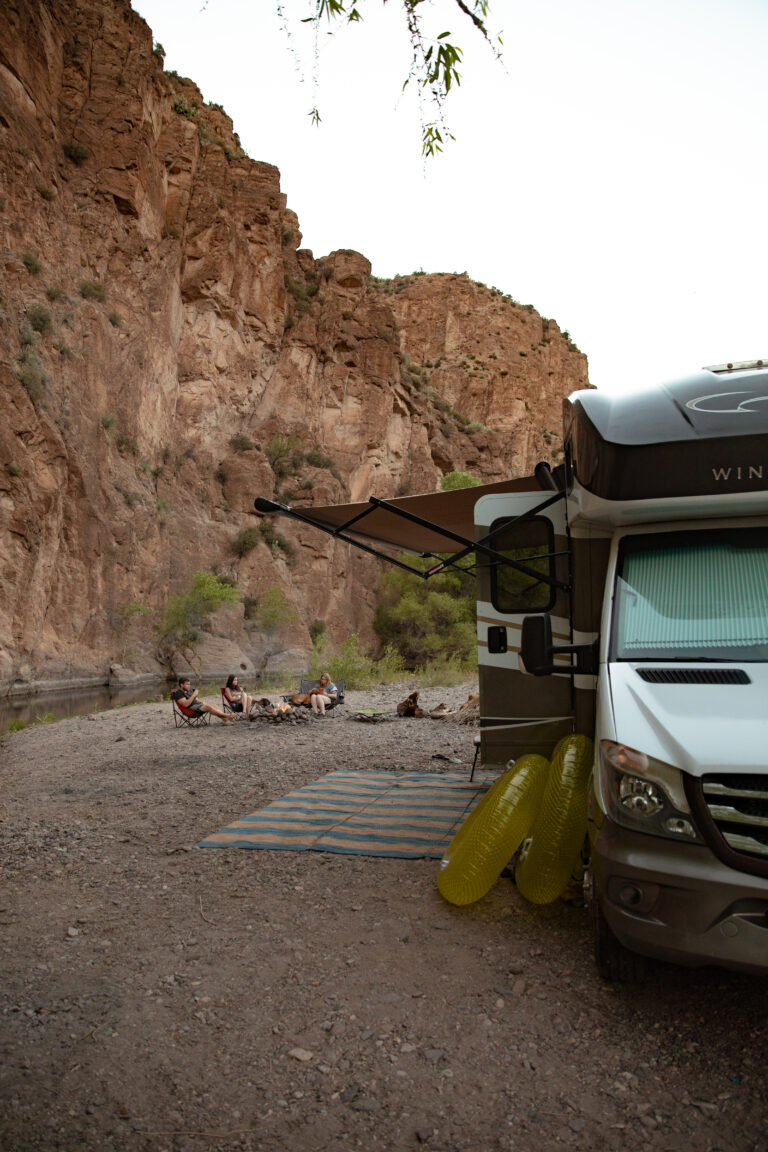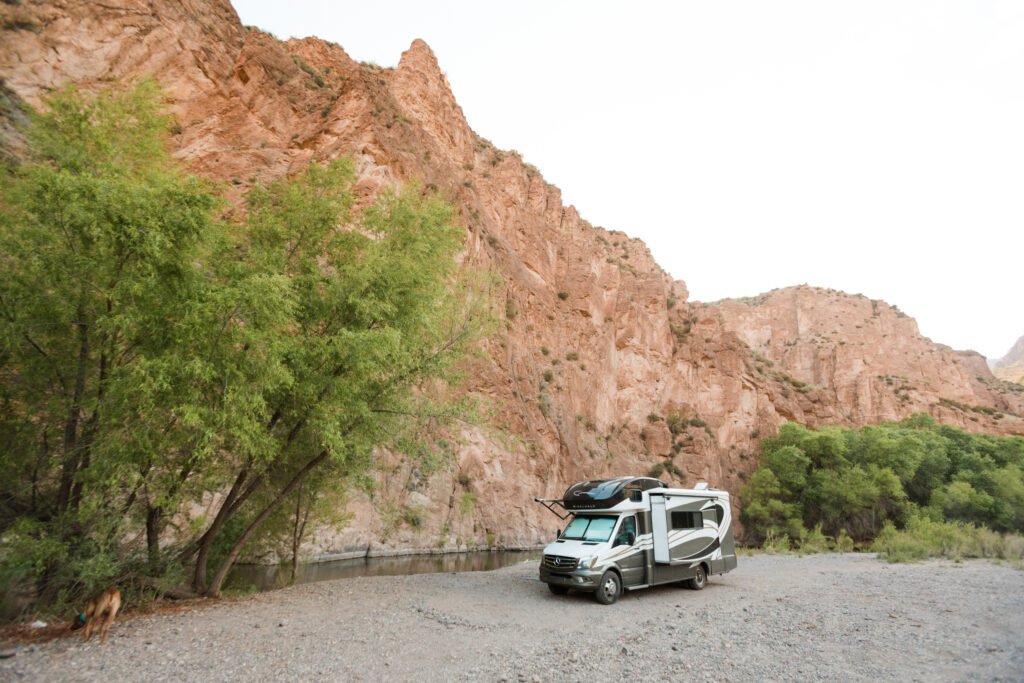
As many campers quickly learn, RV slide-outs can be a mixed blessing. Sure, it’s awesome to have all that extra living space when you’re all set up at camp. But RVs are already notoriously finicky beasts, and any time you add more moving parts to the equation, you’re pretty much asking for trouble. And considering the mass and weight of a slide-out, which is basically like putting a whole room on a conveyor belt, and, well…
It’s no surprise that RV slide-out problems can be a prevalent and pricey problem for campers, no matter how new their rigs are or how well they’re taken care of. But if you inspect your gear thoroughly and often, you can likely get ahead of any serious problems, and continue to enjoy all that extra space to stretch your legs for many camping trips to come.
Here’s the best way to keep tabs on your RV slide-out’s health and performance, so you can avoid a headache and a costly repair bill down the line.
1. Pay attention when extending or pulling in your slide out.
It might seem obvious, but one of the first signs of trouble can be abnormal noises, not to mention visual indicators of wear and tear. That’s why when using your slide out, it’s important to pay attention to what it normally sounds and looks like, so you can more easily identify when things begin to seem a little out of whack. And once they do, don’t delay in getting the machinery looked at. You might not want to pay a mechanic to come out and thoroughly inspect your rig, but if anything’s amiss, that repair bill is bound to only get worse the longer you wait.
2. Check your seals regularly.
If you’ve been RVing for any length of time, you already know that leaks and water damage are some of the biggest threats to your rig’s safety and continued performance. And unfortunately, RV slide-outs provide a whole heap of extra opportunities for water to seep in where you don’t want it to be.
That’s why it’s important to incorporate checking your RV slide-out’s seals and seams into the regular inspection for water damage you’re already doing. (You are already doing it… right?)
It’s pretty simple, if a little time-consuming. You need to run your hands along all of the slide-out’s seams to check for any soft spots, cracks, or visible water damage, including drips and discoloration. The seams should be solid, but flexible — long exposure to the elements can make them brittle and prone to leaking. Pay special attention to the top and bottom seals, which are especially important and vulnerable, and be sure to perform inspections both with the slide-out extended and retracted.
If you encounter any issues with your slide-out’s seams and seals, don’t delay in getting them fixed. Your slide-out could continue to perform well for years after being properly repaired and maintained, but brittle seals will cause water damage if left untended — and that might not be such an easy fix.

3. Pay attention to the motor and power source that supply your slide out.
Most slide-outs are powered either by your RV’s 12-volt DC battery system or by hydraulic cylinders. Battery maintenance is always important on your RV’s electrical systems, so make sure you’re keeping up with regular charge cycles and checking for any corrosion or deterioration on the batteries themselves. It’s also critical to keep everything clean, so be sure to check your slide-out mechanisms for any foreign objects, like twigs and branches, that might cause mechanical damage. However, you never want to power wash any hydraulic systems, instead wiping away any dirt or debris gently with a clean rag.
4. As with every other part of your RV, it’s all about preventative maintenance.
Keeping an eye on your slide-out’s performance and mechanisms can help you discover any problems or issues before they get out of hand, but it’s also very helpful to regularly perform preventative maintenance, even if everything appears to be doing alright.
One of the simplest things to do that can help your RV slide out last longer is to lubricate its moving parts at regularly scheduled intervals. Be sure to use a lubricant that won’t rust or corrode your RV’s extenders, or draw excess dirt. A silicon spray lubricant, like WD-40, generally works well.
5. If you’re still in the shopping phase, consider doing without a slide out entirely.
If you haven’t yet purchased your RV, you might consider avoiding this potentially hazardous piece of equipment entirely — although this is getting more and more difficult as newer models are more frequently incorporating slide-outs as a luxury extra.
You might be hesitant to forego extra living space, considering how tight an RV’s quarters can be (especially if you have a large family). But if you take care not to overpack and store the necessities you do bring along well, you might be surprised at how spacious the interior of a regular RV can feel. You’ll also have less to take care of when setting up or breaking down camp, and your rig will be able to fit in smaller campsites.
Finally, if you do decide to purchase or use an RV that includes slide-outs, try to choose a model that minimizes the weight load placed on the slide-out’s mechanisms. For instance, if a heavy appliance or piece of furniture, like a bed or a refrigerator, is located in the slide-out, you might be more likely to encounter issues over time. The best floor plan will utilize the slide room simply to add space, rather than incorporating heavy and critical pieces of your RV into the slide-out’s footprint.
Does your RV have a slide-out? What steps do you take to maintain it and make sure it stays in proper working order?






